Looking for:
Join windows 10 to domain powershell free download. Script to add Windows devices to Active Directory domain

Are you tired of managing Active Directory using the graphical interface? If you’re running Windows 7, you will also need to run the import-module ActiveDirectory command http://replace.me/1936.txt an elevated PowerShell prompt. The following sections outline multiple ways to install the modules based on your operating system. This is a Free tool, нажмите сюда your copy here. Installs a new domain controller in an Active Directory domain. View all page feedback.
Install-ADDSDomainController (ADDSDeployment) | Microsoft Docs
It is best practice to move the computers from the default folder to a different OU. The PowerShell command requires the distinguished name of the OU. Then click the Attribute Editor and copy the value of distinguishedName. Now add this path to the command, below is the command for my domain.
Now you can forget about logging into each computer and manually adding them to the domain. With PowerShell you can quickly add single or multiple computers at a time. Get Toolkit Now. My name is Pablo Villaronga. I am located in Czech Republic.
I am focusing on Microsoft technologies, especially cloud and datacenter solutions based on Microsoft Azure, Azure Stack and Windows Server. Opinions are my own. About WordPress. Search for:. The PowerShell command requires the distinguished name of the OU.
Then click the Attribute Editor and copy the value of distinguishedName. Now add this path to the command, below is the command for my domain. Now you can forget about logging into each computer and manually adding them to the domain. With PowerShell you can quickly add single or multiple computers at a time. Dumb question: how would you join two or more computers in a domain using a single command, issued from one single machine, in one batch, as long as this command does not run within the context of those yet unjoined machines and how those machines will know that they have been joined?
Because if so, then I would not call this a real AD join…. Alternatively, if Windows computers set up in a workgroup have an administrative account with a common username and password, it will probably work. If you were to log on to one of the machines using the Administrator account, you can normally access shared folders on the other machines the same as you would if it were on a domain e. In theory this would likely work for using the Add-Computer cmdlet.
If using a subdomain which is an MS best practice then it is correct. My domain is ad. The computer should automatically restart and be joined to the domain. Tip: Run help add-computer to see all the command line options syntax Join Multiple Computers to the Domain From a Text File To Join multiple computers to the domain you just need to create a text file and add the computer names to it.
This command will go through every computer listed in the text file and join them to the domain. Thankfully we can automate this with PowerShell when we join the computers to the domain. Run this command to join a computer to the domain and specify the OU path. Add-Computer -DomainName “ad. Try out these commands and let me know how they work by leaving a comment below.
How to install the PowerShell Active Directory module – Windows Active Directory – Join Multiple Computers to the Domain From a Text File
The Active Directory module for Windows PowerShell is a PowerShell module that consolidates a group of cmdlets. You can use these cmdlets to manage your. This command installs a domain controller and DNS server in the replace.me domain using CORP\Administrator credentials and prompts the user to provide and.
